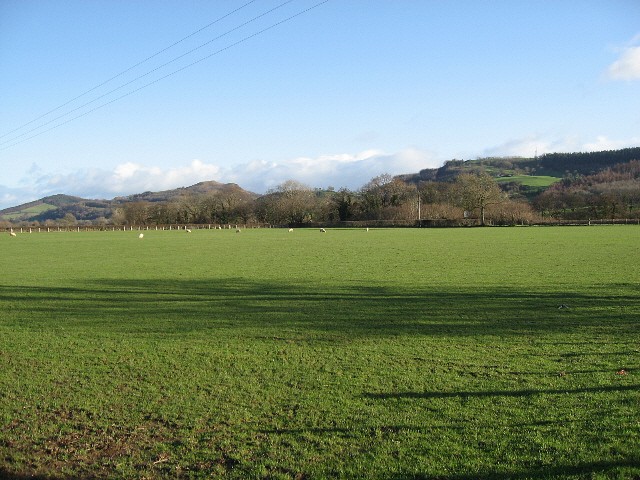There is a notable exhale when coming upon the faint glimmer of a crest lettered “PCT”, an acronym which draws the romantic from anyone who has ever considered an epic, multi-month walk.
Just ask any backpacker who hasn’t seen another human in days, those small blue placards on the Pacific Crest Trail are the closest thing to companionship that anyone could need out there. The route escorts the inspired mountaineers and assists the most reckless of vagabonds. This trail, nestled among some of the most impressive snow-capped mountains in the world, is a haven of untouched earth accessible to any willing adventurer.
Most industrial development has caused irreversible damage, but there is promise in protecting the spaces of land that remain unscathed. These are the spaces where hikers, hunters, small farmers, and indigenous tribes inhabit a refuge removed from industrial development and where the commitment to collective conservation is paramount to individual appetite. These spaces are what we know as public lands, and they represent more than wide open space.
The Federal Government currently owns around 640 million acres of land in the United States. 99.1% of that federal land resides in the 11 western states and Alaska. Signed into effect by the Roosevelt administration, The Antiquities Act of 1906 ensured a bipartisan safeguard against private industry’s aggressive possession of quickly depleting resources. The Antiquities Act is the oldest law protecting open space, and grants presidential power to declare national monuments and secures the protection of tribal land.
Public land has come to serve as a beacon for and an effort in environmental and cultural conservation. So long as a mountain range, forest, canyon, or national park is considered public, it is invulnerable to commercial development. Or at least that’s the idea.
The implementation of public lands has served a number of functions over the years. Originally it was used as leverage for western states to join the union, after multiple treaties and negotiations had been broken, displacing Native Americans and unjustly seizing excessive amounts of territory. Later, the 19th century movement of committed outdoor naturalists ignited a public consideration of land conservation dedicating public land as a symbol of environmental regard.
The modern understanding of what public land does varies upon who you ask and where they come from. Most see it as the places they camp, or the most well-known national monuments we see on postage stamps. Few actually consider how integral public land is for the continued well-being of a number of facets of social and environmental well-being, among these the existence of small-scale farming of agrarian culture in the west.
Fundamentally, federal ownership of land grants public access and prevents private industry. This allows for small scale farmers to lease land at a significantly lower rate than they would otherwise be able to. Utilizing land at this discounted rate is the only chance of survival when up against massive conglomerate industries of agribusiness that buy out hundreds of thousands of acres every year. If states auction public land for private purchase, it will be bought by those with the pockets deep enough to afford it, and this will not be the family farms already struggling to get by.
As such, the loss of public land threatens small-scale agriculture across the U.S., but this is not the only facet under threat. Perhaps most menaced by a reworking of the status quo are indigenous nations. Many of the national monuments established under the Antiquities Act are the product of determined efforts to maintain sacred ceremonial sites.
Indigenous tribes across the country have had to tirelessly fight oil drilling, pipeline implementation, and dam construction all of which significantly disrupt the presence of species these people have depended upon for generations. Private industry endangers vital resources and further disenfranchises domestic existence despite the well intentioned development of renewable energy or other useful industrial advancement.
Consequently, transferring public land to private industry threatens small-scale agriculture, the Native American way of life, and vital ecosystems. If the protection of public land ceases to exist, land will be lost, as will a time-honored tradition of rural livelihood. These spaces will no longer exist as sanctuaries for those looking to wander, or a final refuge for species already at the brink of extinction. The comfort that comes from finding that trail crest in the depths of the wild is an acknowledgement of what has yet to be explored. It is a collective dedication to preserve what our entire existence owes itself to, and an essential part of the way in which we will endure.
For Times Media Mexico
Kassidy Freitas in San Diego


